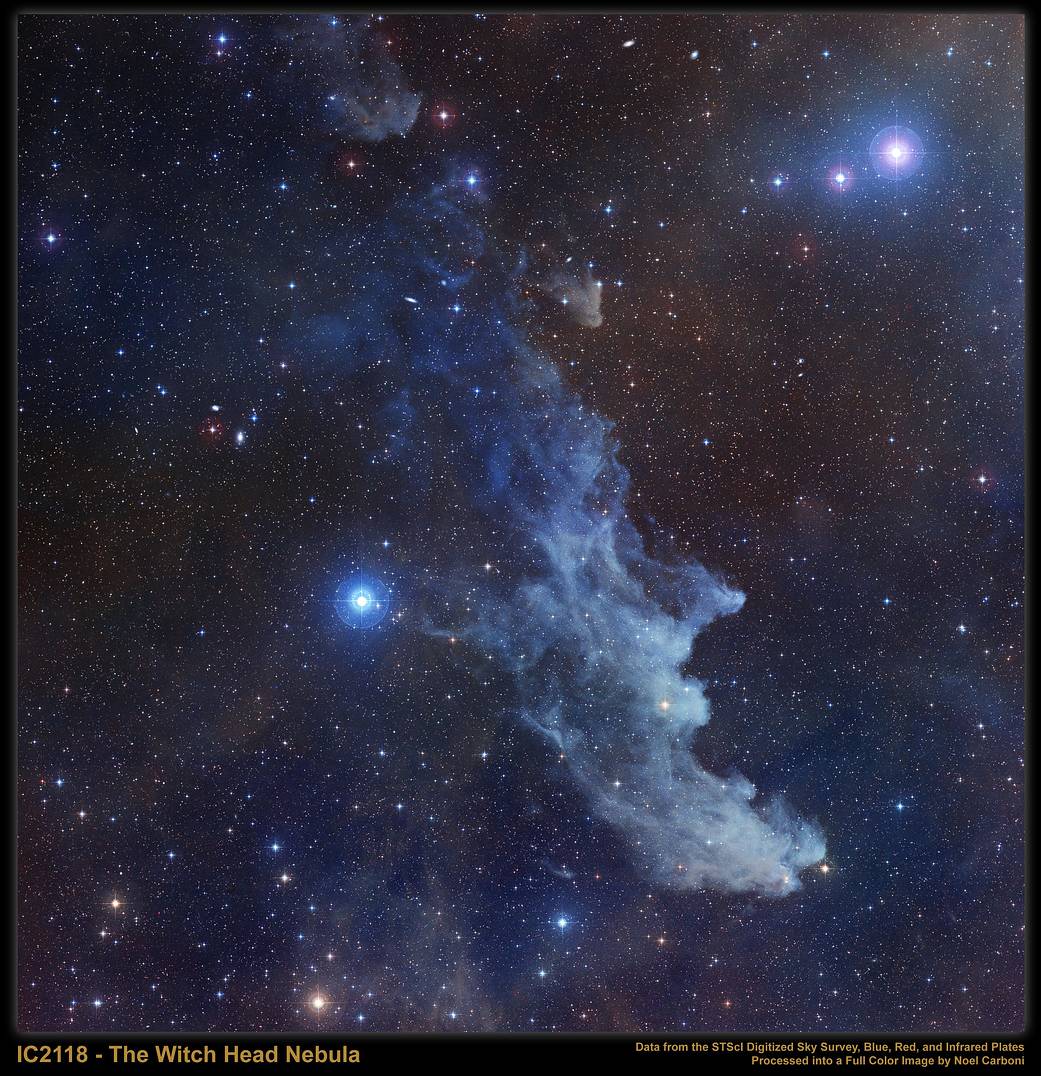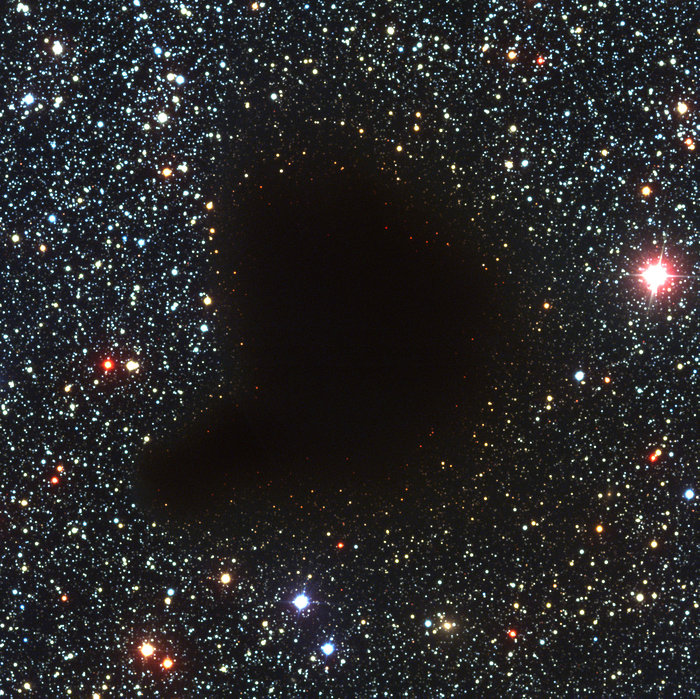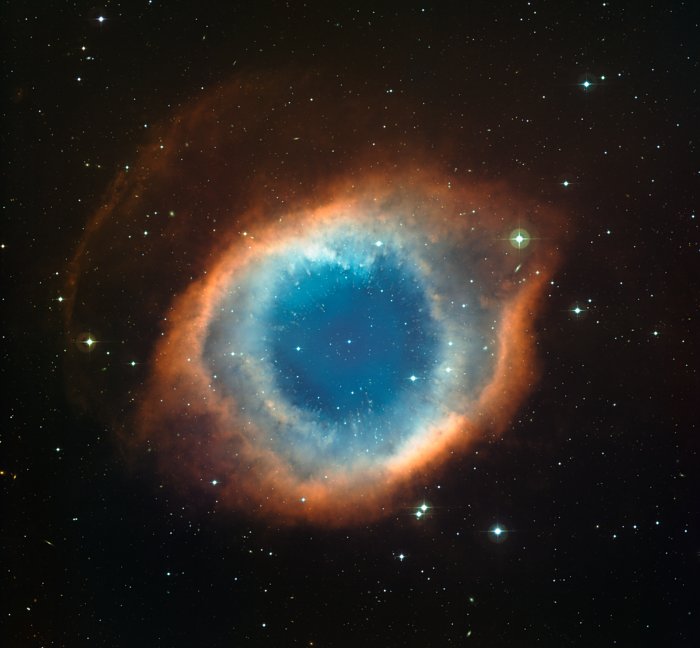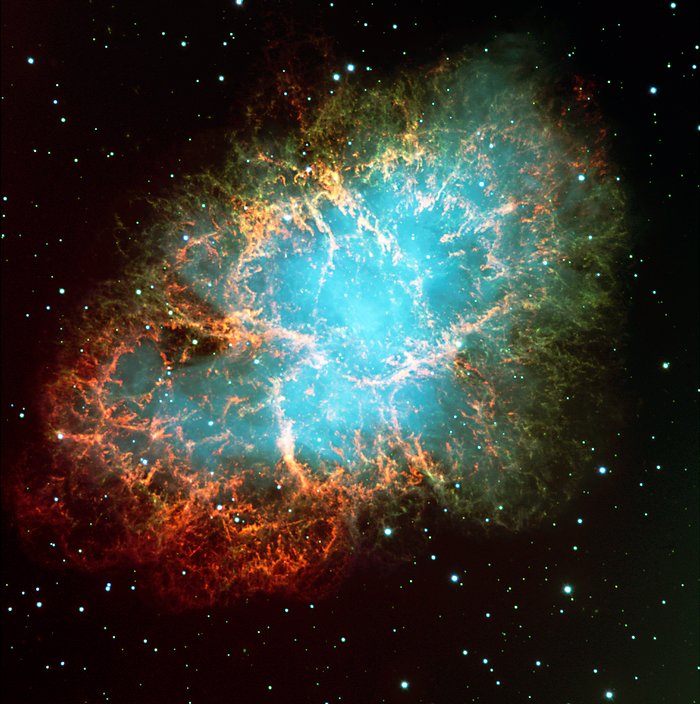Nebulae are one of the most beautiful things in the Universe. One can just keep staring at the images of the Eagle Nebula or the Orion Nebula all day and just forget their name.
Here's a detailed explanation of what nebulae actually are for, and a reveal of the mysteries that hide beneath their beauty.
What is a Nebula?
A nebula is a cloud of dust and gas (mainly Hydrogen, along with some interstellar dust) that glow by reflecting starlight.
Most nebulae are enormous in size, some having diamaters of hundreds of light-years.
Formation of Nebulae
Nebulae can form in two ways-
- From Interstellar Dust- Such nebulae consist of giant molecular clouds, which are stellar nurseries, giving rise to scores of stars. They are the coldest and densest parts of interstellar gas, formed by the cooling of less dense gas.
- From the Death of a Star- When stars die, the outer layer of their atmosphere ejects outwards. Over time, this atmosphere collects together to form a nebula.
Now, with the second case, there are different sub-types in the method of formation due to the death of stars.
When you have stars like our Sun and having masses till 8-10 solar masses, when the star turns a red giant, it slowly loses its atmosphere. When enough material has been lost, the temperature of the star increases rapidly, and the ultraviolet radiation is enough to ionise the lost atmosphere, creating a planetary nebula, with a white dwarf at the centre.
This is what is going to happen to the Sun after it runs out of fuel too.
With large, short lived stars, their magnificent supernovae are responsible for the formation of nebulae. The exploded material gets ionised by the energy released and the supernova remnant. Such nebulae have neutron stars at their centres.
Types of Nebulae
Emission Nebulae
Such nebulae are types of diffuse nebulae with active star formation happenning in them. The gas of these nebulae is hot enough to glow with its own light.
A popular example of an emission nebula is the Orion Nebula. This nebula is so bright, that it is visible with the naked eye in only slightly dark skies too. A small telescope allows you to observe it in stunningly clear detail.
Reflection Nebulae
These are another kind of diffuse nebulae that do not have their own light, but instead scatter light from the stars present in them.
A popular example is the Witch Head Nebula located in the constellation Orion, and is associated with the star Rigel
Dark Nebulae
Dark nebulae are types of interstellar clouds that are so dense that they block light from objects behind them. This makes them look like "holes in the sky", something that black holes should look like from close by.
Barnard 68 is an example of a dark nebula located inside the Milky Way.
Planetary Nebulae
Planetary Nebulae are named so because they appeared like planets to early astronomers, who were unable to distinguish between them and planets, in which they were more interested.
These nebulae are the final remnants of stars having a mass between 0.5-~8 solar masses.
The Helix Nebula in Aquarius, one of the closest nebulae to Earth, is a planetary nebula
Supernova Remnant
Like the name suggests, Remnants are formed by matter left over from a supernova. These are also a special type of diffuse nebulae.
The Crab Nebula in Taurus is a Supernova Remnant, formed from a supernova first observed by Chinese Astronomers in 1054.
That is all for this post. Subscribe to receive posts in your inbox with the follow.it widget!
Clear skies,
Aarav Iyer
.png)





